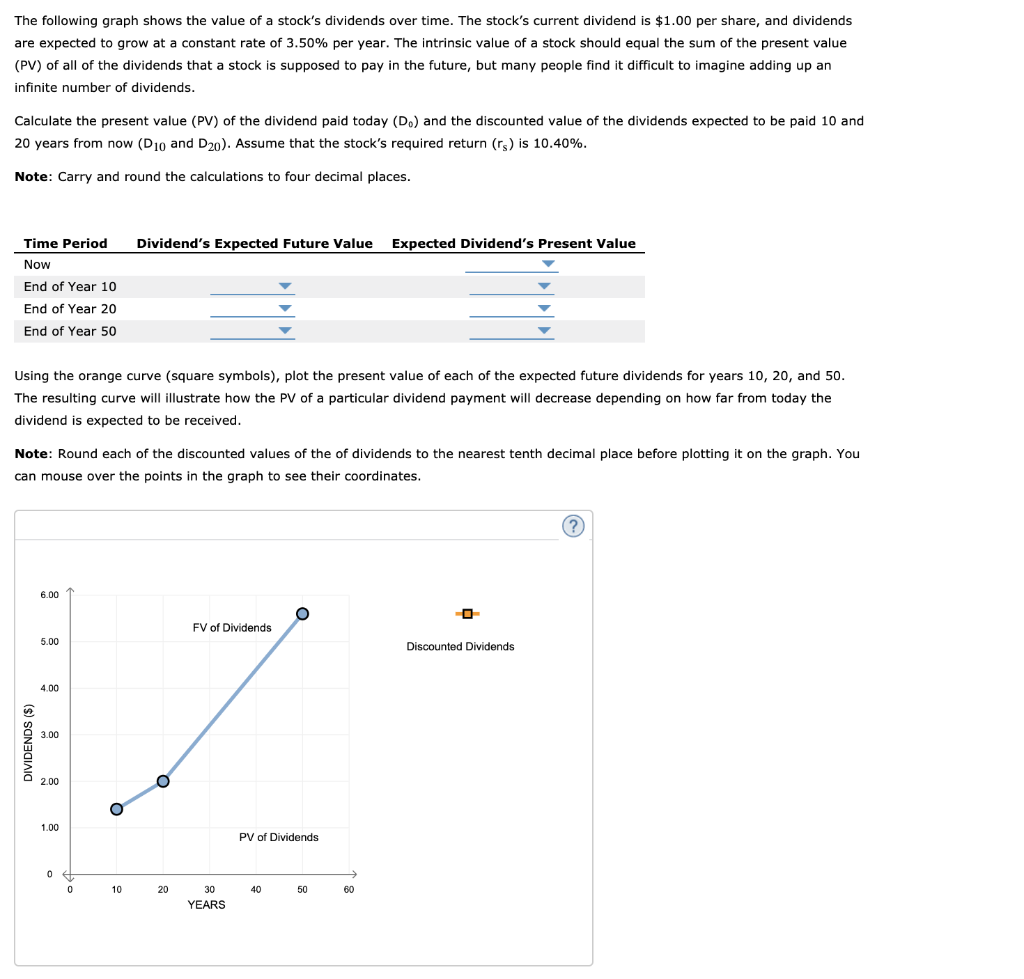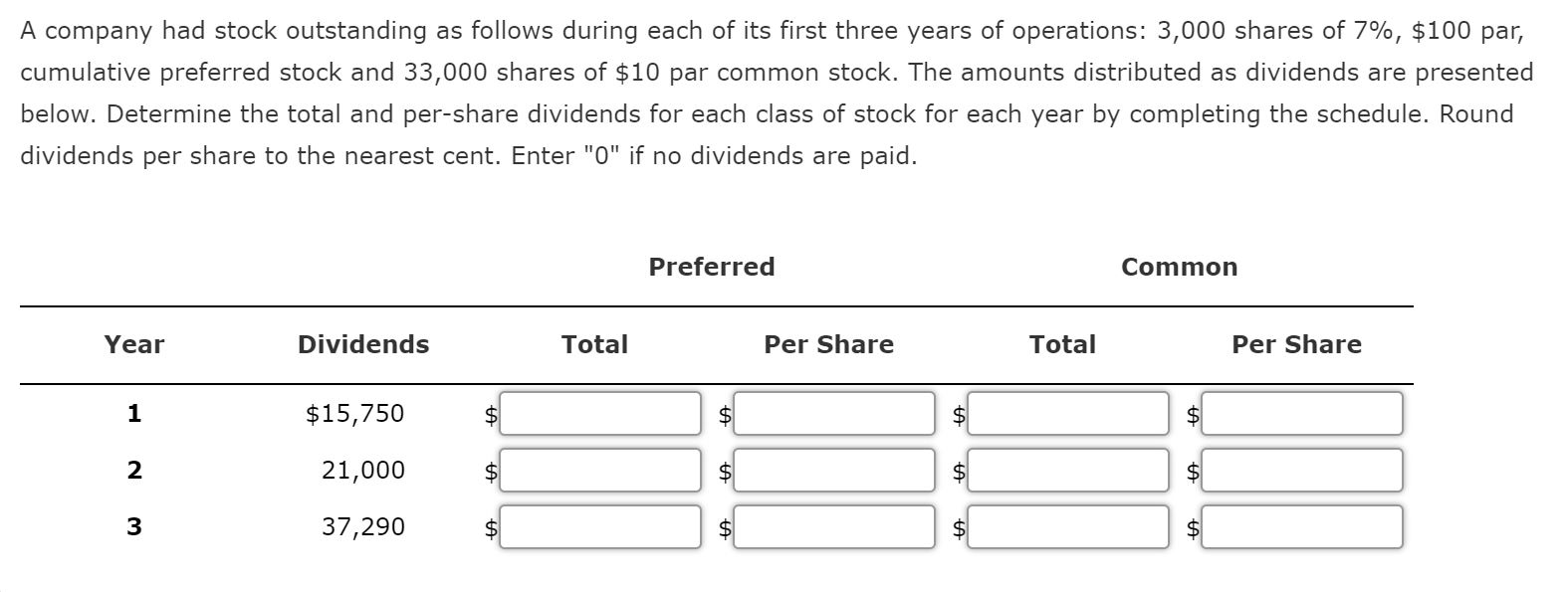5 Reasons Why Dividends Matter to Investors

This will eliminate the need to periodically sell stocks to raise enough cash. If, on the other hand, you invest in non-dividend paying stocks and must frequently liquidate part of your stocks to obtain cash, you may be forced to sell shares when the stock market is going through a rough patch. Therefore, investors often prefer dividend paying stocks, which boost demand and result in higher prices for such shares. Dividends are also attractive for investors looking to generate income. However, a decrease or increase in dividend distributions can affect the price of a security. The stock prices of companies that have a long-standing history of dividend payouts would be negatively affected if they reduced their dividend distributions.
Featured Partner Offers
A company with a long history of dividend payments that declares a reduction or elimination of its dividend signals trouble. AT&T Inc. cut its annual dividend in half to $1.11 on Feb. 1, 2022, and its shares fell 4% that day. When a company announces a dividend, it also will announce the payment date on which the dividend will be paid into the shareholders’ accounts. If a company decides to pay dividends, it will choose either the residual, stable, or hybrid policy. The policy a company chooses can impact the income stream for investors and the profitability of the company.
Dividend Coverage Ratio
As a result, bond investors don’t care about a particular company’s dividend policy because their interest payments from their bond investments are fixed. The dividend payout ratio is considered more useful for evaluating a company’s financial condition and the prospects for maintaining or improving its dividend payouts in the future. The dividend payout ratio reveals the percentage of net income a company is paying out in the form of dividends.
Research stocks, ETFs, or mutual funds

On the other hand, dividends are usually paid whether the broad market is up or down. Dividends paid by funds are different from dividends paid by companies. Funds cash flows from financing activities employ the principle of net asset value (NAV), which reflects the valuation of their holdings or the price of the assets that a fund has in its portfolio.
- It is important to note also that stocks with dividends are less likely to reach unsustainable values.
- A stock-investing fund pays dividends from the earnings received from the many stocks held in its portfolio or by selling a certain share of stocks and distributing capital gains.
- Dividend payments also send a strong message to the investor community and boost the confidence of potential buyers.
- When companies display consistent dividend histories, they become more attractive to investors.
- Investors in high tax brackets often prefer dividend-paying stocks if their jurisdiction allows zero or comparatively lower tax on dividends.
Regular dividend payments should not be misread as a stellar performance by the fund. For example, a bond-investing fund may pay monthly dividends because it receives monthly interest on its interest-bearing holdings and merely transfers the income from the interest fully or partially to the fund’s investors. A high-value dividend declaration can indicate that a company is doing well and has generated good profits. But some may interpret it as an indication that the company does not have much going in the way of new projects to generate better returns in the future. It’s using its cash to pay shareholders instead of reinvesting it into growth.
Reducing Risk and Volatility
The dividend yield of a stock is the dividend amount paid per share and is expressed as a percentage of the company’s share price, such as 2.5%. The final approach combines the residual and stable dividend policies. As companies experience business cycle fluctuations, companies that use the hybrid approach establish a set dividend, which represents a relatively small portion of yearly income and can be easily maintained.
Conversely, companies that increased their dividend payouts or companies that instituted a new dividend policy would likely see appreciation in their stocks. Investors also see a dividend payment as a sign of a company’s strength and a sign that management has positive expectations for future earnings, which again makes the stock more attractive. Paying dividends sends a clear, powerful message about a company’s future prospects and performance, and its willingness and ability to pay steady dividends over time provides a solid demonstration of financial strength. Though stock dividends do not result in any actual increase in value for investors at the time of issuance, they affect stock prices similar to that of cash dividends.
Some financial analysts believe that the consideration of a dividend policy is irrelevant because investors have the ability to create “homemade” dividends. These analysts claim that income is achieved by investors adjusting their asset allocation in their portfolios. Dividends per share (DPS) measures the total amount of profits a company pays out to its shareholders, generally over a year, on a per-share basis. DPS can be calculated by subtracting the special dividends from the sum of all dividends over one year and dividing this figure by the outstanding shares. On the ex-date, investors may drive down the stock price by the amount of the dividend to account for the fact that new investors are not eligible to receive dividends and are therefore unwilling to pay a premium. The truth could be that the company’s profits are being used for other purposes—such as funding expansion—but the market’s perception of the situation is always more powerful than the truth.